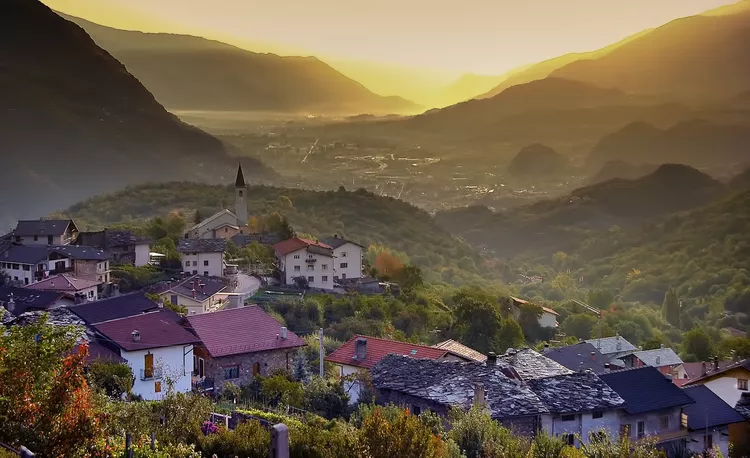Turin, or Torino, is a city with a rich cultural history located in the Piedmont region of Italy, nestled between the Po River and the Alps. Renowned for the Shroud of Turin, an important Christian artifact, and its historic Fiat auto plants, the city served as Italy’s first capital. Consequently, Turin continues to thrive as a hub of business activity within both the country and the European Union.
Although Turin might not boast the same tourism influx as cities like Rome or Venice, it presents an excellent destination for those keen on exploring nearby mountains and valleys. Moreover, its stunning Baroque architecture, charming cafes, arcade shopping promenades, and a rich collection of museums offer numerous attractions for the adventurous traveler.
Location and Transportation
Turin is accessible through Citta di Torino-Sandro Pertini airport, which accommodates flights to and from various European destinations. The closest airport for travelers coming from the United States is located in Milan, just over an hour away by train.
Transport options, such as trains and intercity buses, facilitate travel to and from Turin from surrounding towns. The main railway station, Porta Nuova, is conveniently situated in the city center at Piazza Carlo Felice. Furthermore, Porta Susa Station provides services to Milan and connects to the city center via bus.
In addition, Turin’s extensive network of trams and buses operates from early morning until midnight, with electric mini-buses available in the city center for added convenience. Tickets for buses and trams can be conveniently purchased at a tabacchi shop.
What to See and Do
- Piazza Castello and Palazzo Reale form the heart of Turin. This pedestrian-friendly square features benches and small fountains, surrounded by elegant buildings.
- The Via Po serves as an inviting walking street adorned with historic palaces and charming cafes. It is best to start your journey at Piazza Castello.
- Mole Antonelliana, rising 167 meters and completed between 1798 and 1888, is home to an impressive cinema museum. A panoramic lift is available to take visitors to the top for stunning city views.
- Palazzo Carignano, birthplace of Vittorio Emanuele II in 1820, held the proclamation for the Unification of Italy in 1861. It now houses the Museo del Risorgimento, offering glimpses into royal apartments and the Royal Armory.
- Museo Egizio stands as one of the largest Egyptian museums, located within a magnificent baroque palace, which also hosts the Galleria Sabauda, showcasing a vast collection of historic paintings.
- Piazza San Carlo, known as the “drawing room of Turin,” is a picturesque baroque square featuring the twin churches of San Carlo and Santa Cristina.
- Il Quadrilatero offers a delightful maze of back streets filled with vibrant markets and splendid churches, providing another appealing area for exploration.
- Central Turin boasts an abundance of historic bars and cafes. Be sure to try a bicerin, a local delicacy made of layered coffee, chocolate, and cream, alongside other interesting coffee drinks.
- Borgo Mediovale, or medieval Borgo, recreates a medieval village with a castle, created for the International Exposition in 1884. It is nestled by the river in Parco del Valentino.
- Turin was one of the pioneers of cafe culture in Italy. Many cafes offer delightful appetizers during the evening aperitive alongside beverages. To enjoy the experience, consider taking your time at the table to savor the atmosphere.
- The Shroud of Turin Museum houses the Holy Shroud, which is displayed only at select times. The Museum of the Holy Shroud remains open to visitors daily.
Food
The Piedmont region is celebrated for its exceptional cuisine. With over 160 types of cheese and esteemed wines such as Barolo and Barbaresco originating from this area, food lovers will find plenty to enjoy. Additionally, the region is famous for its truffles in the autumn months. Turin is also recognized for its exquisite pastries, particularly chocolate creations, highlighting its historical significance in the development of chocolate bars and pieces. The renowned chocolate-hazelnut spread, gianduja, stands out as a local specialty.
Festivals
Turin pays tribute to its patron saint Joseph during the Festa di San Giovanni celebrated on June 24th, featuring all-day events culminating in a grand fireworks display at night. The city also hosts a prominent chocolate festival in March, alongside various music and theater festivals during summer and fall. The Christmas season brings a delightful two-week street market, and on New Year’s Eve, an open-air concert takes place in the main piazza.





